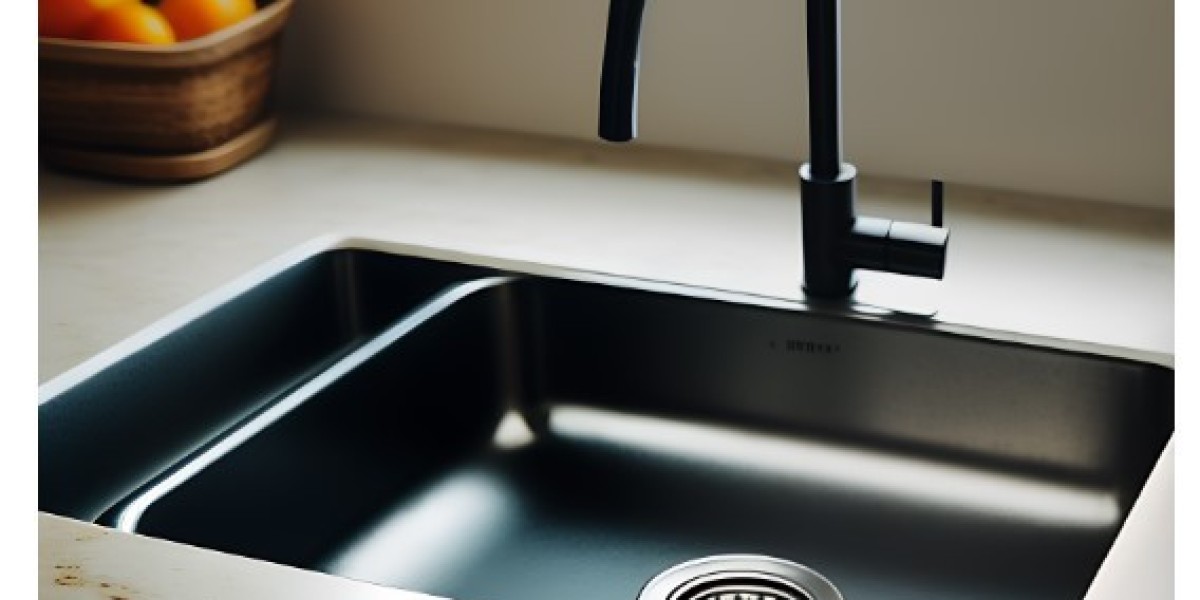In today’s competitive apparel industry, Interlining serves as a hidden hero, lending structure and stability to garments without impacting comfort or drape. By inserting Interlining between face fabric and lining, manufacturers can achieve crisp collars, resilient waistbands, and smooth lapels that withstand repeated wear and laundering. This essential layer not only enhances the visual appeal of tailored pieces but also contributes to wearer satisfaction by maintaining garment shape over time.
The Crucial Role of Support Layers in Garment Construction
Support layers act as the foundation for many clothing items, ensuring that key areas—such as collars, cuffs, and button plackets—retain their intended form. Without this reinforcement, fabrics can stretch, sag, or distort after minimal use. Properly engineered support layers resist tension and twisting forces, preserving a garment’s tailored look and boosting its perceived quality in the marketplace.
Choosing the Right Material for Every Fabric Type
Selecting an appropriate support layer material is critical. Woven variants excel at dimensional stability, making them perfect for structured designs like blazers and dress shirts. Non‑woven options, often bonded with heat‑activated adhesives, offer versatility and ease of application for mass‑market apparel. Knitted support layers bring elasticity, providing stretch and recovery in activewear and soft‑structure garments that require both form and flexibility.
Application Methods: Fusion Bonding versus Sew‑In Techniques
There are two primary techniques for applying support layers: fusion bonding and sew‑in methods. Fusion bonding uses heat‑activated adhesives to create a smooth, seamless bond, ideal for lightweight fabrics and high‑speed production lines. Sew‑in support layers, on the other hand, are stitched into place, offering breathability and suitability for heavyweight or delicate textiles that might be damaged by heat. In some specialized manufacturing processes, a combination of both techniques yields optimal performance.
Ensuring Consistent Performance Through Rigorous Quality Control
Maintaining reliable garment performance demands strict quality checks at every stage of support layer integration. Peel‑strength testing verifies adhesion durability, while wash resistance trials ensure layers remain intact after laundering. Additional evaluations—such as thermal stability, colorfastness, and moisture barrier assessments—help guarantee that reinforced garments meet industry standards and consumer expectations for longevity.
Sustainability Trends and Future Innovations in Support Layer Manufacturing
As environmental considerations become paramount, manufacturers are exploring greener production methods for support layers. Innovations like water‑based adhesives, recyclable fibers, and bio‑derived polymers reduce ecological impact without sacrificing functionality. With a growing emphasis on circular‑economy practices, future support layers may be designed for easy garment disassembly and material recovery, aligning textile manufacturing with sustainable development goals.To explore detailed applications, types, and best practices for support layers, visit:
https://www.interlining-factory.com/news/what-is-interlining-types-applications-and-more.html







